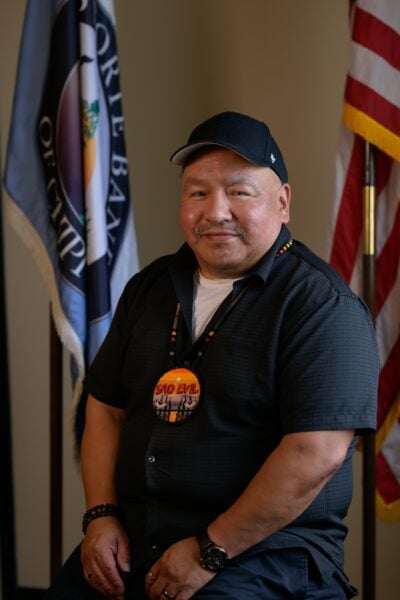Bulldog Rocketry Puts Physics Into Action with Static Motor Test
DULUTH, Minn. — After a loss last year, UMD’s Bulldog Rocketry club is looking forward to competing in their third Spaceport American Cup since COVID. The event is hosted every year in Las Cruces, New Mexico, in June. Sunday, Bulldog Rocketry tested out a motor that they believe will help them place top in the competition.
“We’re going to do our full-scale motor test for our intercollegiate rocketry engineering contest (IREC) ’24 competition,” said Ian Keller, the motor lead of Bulldog Rocketry. “So we’re going to be collecting our total impulse and pressure data that’s required in order to actually fly at the competition.”
The thing is, this is rocket science. Bulldog Rocketry took what setbacks they had from last year, and improved on them.
“It’s been really difficult to understand what each component of the propellant does,” said Keller. “The propellant has your fuel itself, it has aluminum that acts as fuel; but also a catalyst that has a binder and a curative. So it’s kind of difficult to understand why you have all of those things. We have a plasticizer that makes the propellant more elastic which is kind of confusing, complicated.”
But this year’s crew believes that they have what it takes to finish in the top spot.
“So we’re going to be seeing that whole assembled motor just being fired, but upside down because the gasses seem to come out of the top,” said Keller. “But obviously if you’re flying it’s coming out from the bottom.”
Bulldog Rocketry is entering into the 30-K category for solid propellant. Their goal is simple on paper.
“So that’s 30,000 feet, student researched and developed,” Keller said. “We want to ultimately get to the same exact elevation that we’re saying we’re going to get too.”
But behind the scenes, it’s a team of talented individuals that are taking their understanding of physics to new heights.
“Temperature has a big effect on the burn rate,” said Keller. “So we may see a shorter or longer burn time and we may see some differences in pressure and total impulse which ultimately means it will affect what the total apogee is. The apogee is just the highest point the rocket reaches in the air.”
Even though the crew is testing their readied design in mid-30 degree January. They have data from previous years to help gage the expected temperature differences.
“We do have a model that previous members of our team have developed. So we’re hopefully going to use those numbers to adjust our results here, to what it would be like if we’re firing the 90 degrees Fahrenheit that we expect out there,” said Keller.
Both students and advisor said that the Rocketry’s static motor test was perfect and reached that 30,000 foot goal. They look forward to finishing the rest of their rocket which is expected to be revealed this upcoming April.







